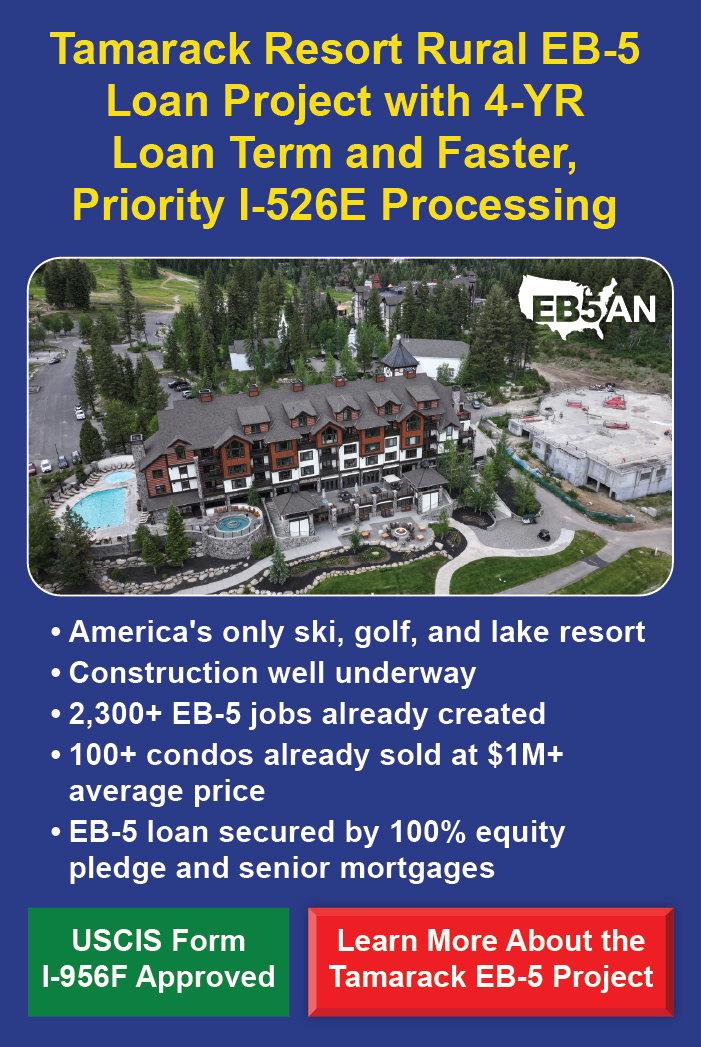
Navigating the EB-5 process can be confusing, especially for EB-5 investors who have just obtained their conditional Green Cards and are wondering what’s next. While this milestone is indeed a cause for celebration, it is crucial to understand that the journey to permanent residency is not yet complete.
In this article, we will discuss the process of transitioning from a conditional Green Card to a permanent one, exploring the rights and obligations of conditional residents, the potential challenges they may face, and the steps they must take to secure their future in the United States.
What Are Conditional Green Cards?
Rights and Obligations of Conditional Green Card Holders
The Removal of Conditions Process
Potential Challenges and Considerations
Seeking Professional Assistance
What Are Conditional Green Cards?

When an EB-5 investor’s initial petitions are approved, they are granted permanent resident status on a conditional basis. This means that they receive a Green Card valid for two years.
The conditional status serves as a safeguard to ensure that investors have ample time to fulfill the requirements of the EB-5 program, which includes creating and maintaining at least 10 jobs for U.S. workers.
Investors need to understand that their conditional status has an expiration date, and failure to remove the conditions before this date can result in the loss of their permanent resident status and potential deportation. So, they need to be proactive and take the necessary steps to transition from conditional to permanent residency within the set timeframe of two years.
Rights and Obligations of Conditional Green Card Holders
Despite the temporary nature of their status, conditional permanent residents enjoy many of the same rights and responsibilities as regular permanent residents. They are permitted to live and work anywhere in the United States, travel in and out of the country (with some limitations that will be explained later), and sponsor certain relatives for Green Cards.
Conditional residents can work for any U.S. employer without the need for additional work authorization, and they can also start their own businesses. They are eligible for certain government benefits, such as Social Security and Medicare, and can apply for a driver’s license in their state of residence. Additionally, conditional residents can enroll in educational institutions and apply for financial aid.
However, it is crucial for conditional residents to remain mindful of their obligations and to take proactive steps to maintain their status, including filing taxes, notifying USCIS of any address changes, and maintaining a clean criminal record.
Conditional residents must also ensure that they are meeting the requirements of the EB-5 program, such as maintaining their investment and creating the required number of jobs.
When it comes to the ability to travel while holding conditional residency, there are important things to consider.
Travel for Conditional Green Card Holders

A critical aspect of the transition from conditional to permanent residency is establishing and maintaining continuous residence in the United States. While this does not necessarily mean that EB-5 investors cannot travel abroad, excessive absences may jeopardize their status.
As a general rule, conditional residents should avoid spending more than six months outside the U.S. on a single trip, as this may be considered an abandonment of their permanent resident status. If travel abroad is necessary, investors should consult with an experienced immigration attorney to discuss strategies for preserving their status, such as obtaining a reentry permit.
A reentry permit is a travel document that allows permanent residents, including conditional residents, to maintain their status during an extended absence from the United States. To obtain a reentry permit, investors must file Form I-131, Application for Travel Document, with USCIS before leaving the country. The permit is valid for up to two years and can be used for multiple entries into the U.S.
It is important to note that even with a reentry permit, prolonged absences can still raise red flags with USCIS and may lead to additional scrutiny during the removal of conditions process. Therefore, investors should strive to maintain strong ties to the United States, such as maintaining a residence, filing taxes, and engaging in business or educational activities.
To maintain their residence status and transition to a permanent one, EB-5 investors will need to start an important process called removal of conditions.
The Removal of Conditions Process
To transition from a conditional Green Card to a permanent one, EB-5 investors must file Form I-829, Petition by Entrepreneur to Remove Conditions on Permanent Resident Status, within the 90-day period preceding the expiration of their conditional status. If the investor files on time, their conditional Green Card remains valid while the I-829 is pending, even beyond the two-year expiration date.
This petition shows that the investor has fulfilled the requirements of the EB-5 program and is eligible for permanent residency.
Filing Form I-829 is a crucial step in the process, and investors must be diligent in gathering the necessary documentation and submitting a complete and accurate petition. The petition must be accompanied by substantial evidence demonstrating that the investor has met the conditions of their residency, which will be discussed in detail in the next section.
Once the petition is filed, USCIS will review the evidence and may request additional information or documentation through a request for evidence (RFE) or a notice of intent to deny (NOID). It is essential for investors to respond to these requests promptly and thoroughly to avoid potential delays or denials.
If the petition is approved, the investor, their spouse, and their unmarried children under 21 will be granted unconditional permanent resident status. They will receive new Green Cards without conditions, valid for ten years.
After five years of permanent residency (including the two years of conditional residency), investors may be eligible to apply for U.S. citizenship through the naturalization process.
Potential Challenges and Considerations
While the removal of conditions process may seem straightforward, EB-5 investors may face various challenges along the way. One of the most significant concerns is the possibility of project delays or failures, which can worsen the investor’s ability to prove job creation.
In the event of a project delay, investors may need to seek an extension of their conditional status to allow more time for the project to meet the job creation requirements. This can be done by filing Form I-829 with evidence of the delay and a detailed plan for how the project will move forward and create the necessary jobs.
If a project fails altogether, investors may need to explore alternative options, such as investing in a new project or seeking a waiver of the job creation requirement.
In some cases, investors may be able to show that the failure was due to circumstances beyond their control, such as a natural disaster or economic downturn, and may be eligible for a waiver.
Another potential issue is changes in personal circumstances, such as divorce or the death of the primary investor. In the case of divorce, the conditional resident status of the investor’s spouse and children may be affected, and they may need to seek a waiver of the joint filing requirement for Form I-829. The spouse also has to prove that the marriage was bona fide to remove conditions, even though the marriage ended. If the primary investor passes away, their spouse and children may be eligible to file Form I-829 on their own, provided they can show that they meet the requirements for removal of conditions.
Seeking Professional Assistance

Given the high stakes involved in the removal of conditions process, it is highly recommended that EB-5 investors work with an experienced immigration attorney throughout their journey. An attorney can provide valuable guidance on maintaining eligibility, preparing the necessary documentation, and navigating any challenges that may arise.
When selecting an immigration attorney, investors should look for someone with extensive experience in EB-5 cases and a track record of success in helping clients navigate the removal of conditions process. It is also important to choose an attorney who is responsive, communicative, and understands the unique needs and concerns of EB-5 investors.
Investors should also maintain open communication with their investment project and regional center.
These entities can provide valuable support and guidance throughout the process, including assistance with gathering the necessary documentation and addressing any issues that may arise with the investment.
If you have more questions about the removal of conditions process, book a free consultation with EB5AN.











